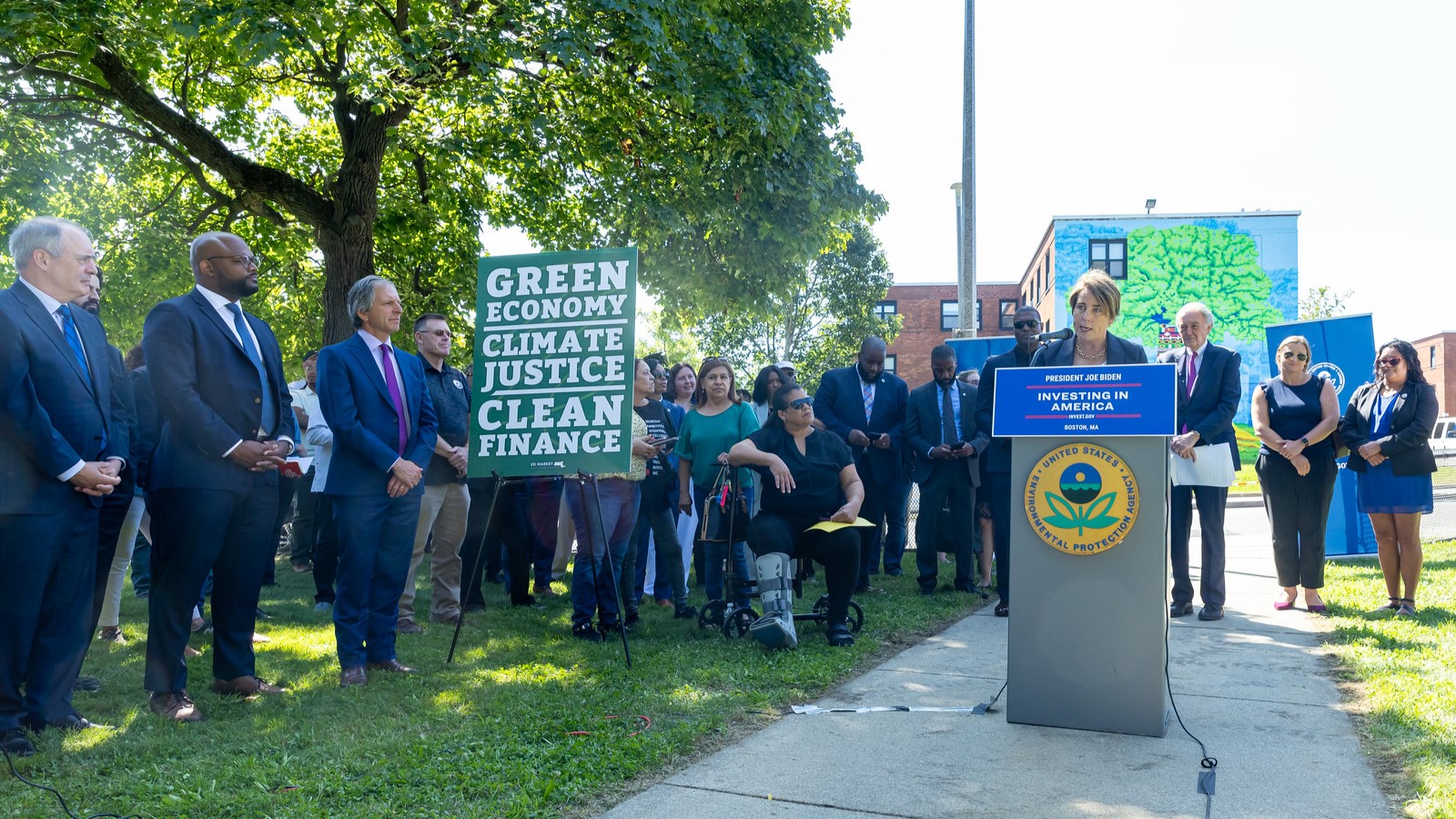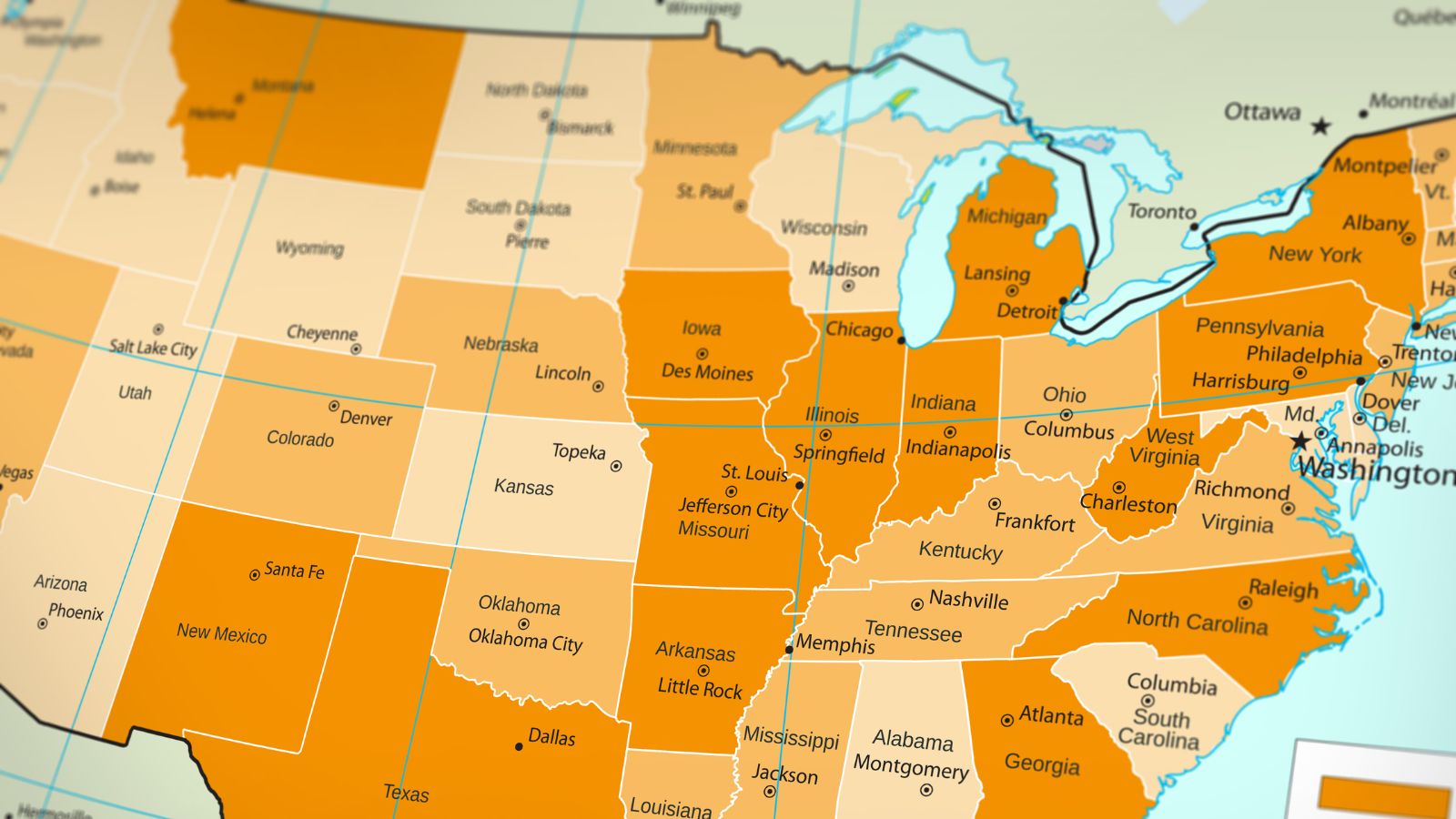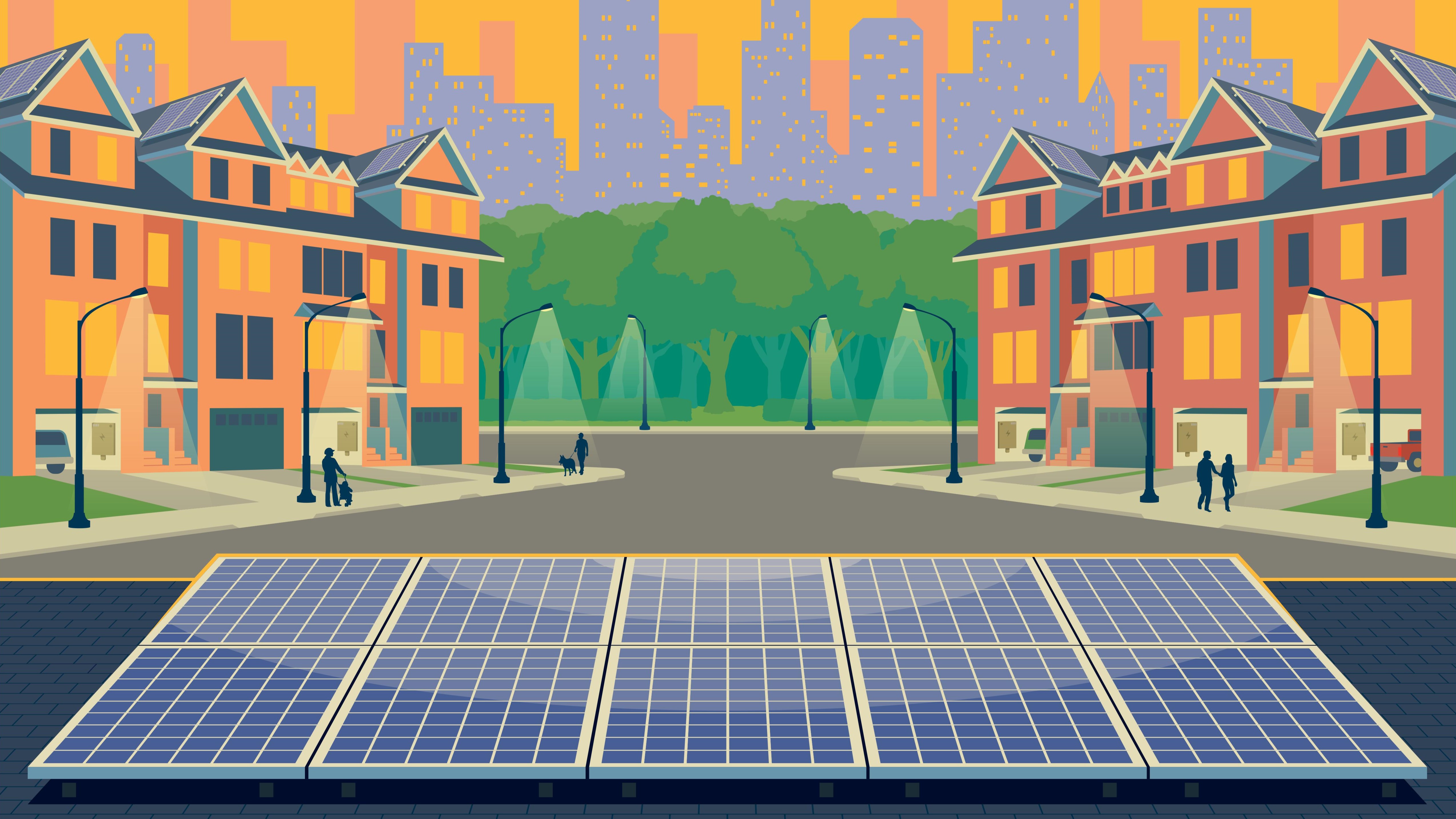Download a copy of this memo (PDF).
Communities stand to reap millions of dollars in opportunities from new federal tools made possible by the Inflation Reduction Act (IRA) and the Infrastructure Investment and Jobs Act (IIJA), but many are understandably overwhelmed by the number of new programs, incentives, and funding opportunities coming their way.
Among the many opportunities, these are the three of the most important programs all communities should know about and stand to benefit from:
- Direct pay (also known as elective pay) clean energy tax credits
- Low-cost finance and technical assistance through the Greenhouse Gas Reduction Fund (GGRF)
- Concessional financing from the Department of Energy’s Loan Program Office (LPO) through:
- State Energy Financing Institutions (SEFIs)
- The Tribal Energy Loan Guarantee Program (TELGP)
- Energy Infrastructure Reinvestment (EIRs)
Now that grant programs from the IRA and IIJA are allocated, these three programs rise to the top in terms of potential impact for communities. All of these programs offer transformative financing tools that state governments, cities, community-based organizations (CBOs), and Tribes can utilize to lower energy costs, create good jobs, attract growing businesses, and advance equitable outcomes within their communities.
These three financing opportunities can fund a wide variety of community projects, including solar on rooftops and buildings, electric vehicles (EVs) and charging infrastructure, home efficiency projects like heat pump installations, and larger scale projects like new clean manufacturing facilities.
In this resource, we dive into each of these critical new tools, spotlight successful projects, and outline the many opportunities available to communities.
Are you in the executive branch of a state government? Check out this clean energy finance guide (PDF) for state governments.
What is Direct (or Elective) Pay?
The passage of the IRA in 2022 expanded the tax credits available for many clean energy projects, including solar, battery storage, wind, geothermal, EVs, charging infrastructure, and more. The IRA also allowed for a transformative new opportunity, direct pay, which allows tax-exempt entities like schools, religious institutions, Tribes, and hospitals to benefit from a dozen clean energy tax credits.
These tax credits allow for the recovery of 30 percent of a project’s upfront costs. They include bonus, stackable incentives that can further increase the value, so a theoretical project could recover up to 70 percent of project costs. For more information on what direct pay is, who is eligible, and how to maximize credits, read our direct pay guide.
How Direct Pay Benefits Communities
Direct pay enables nonprofits and governments to build clean energy projects more cost-effectively. These community benefits may include cost savings on energy bills, revenue from energy systems, achieving climate and clean energy goals, and increases in property values. States have an important role to play in ensuring that these benefits flow to the communities with the greatest needs.



.png)


